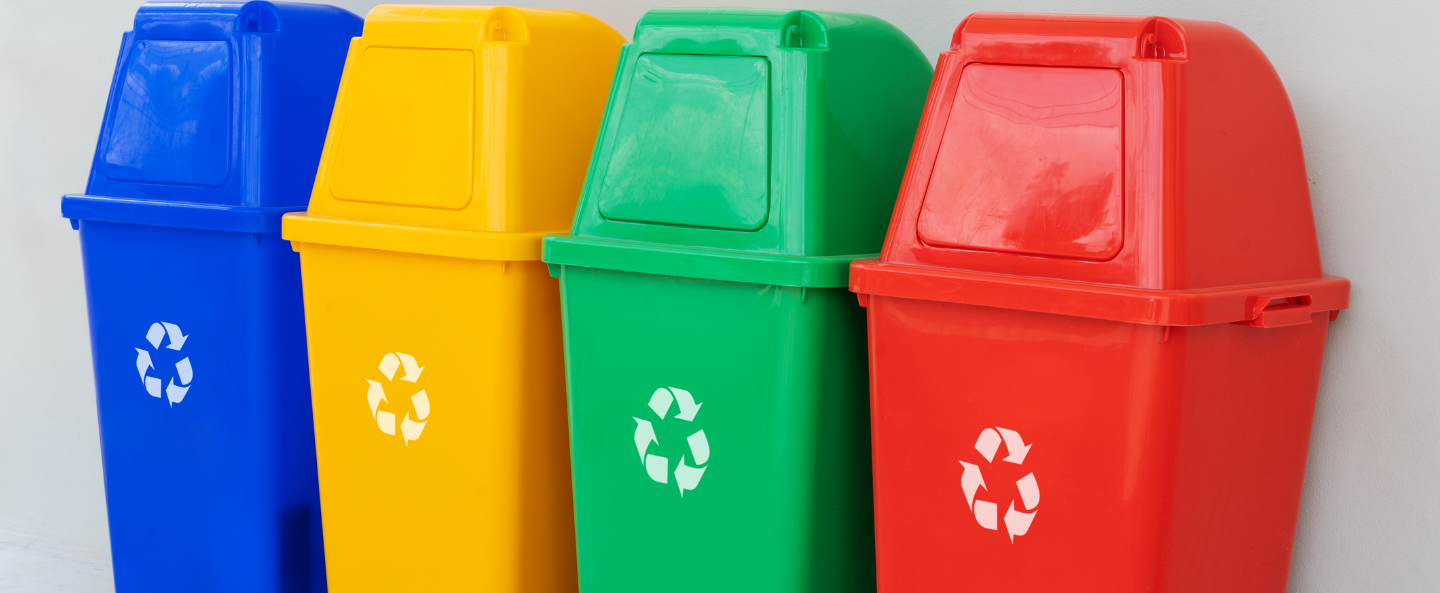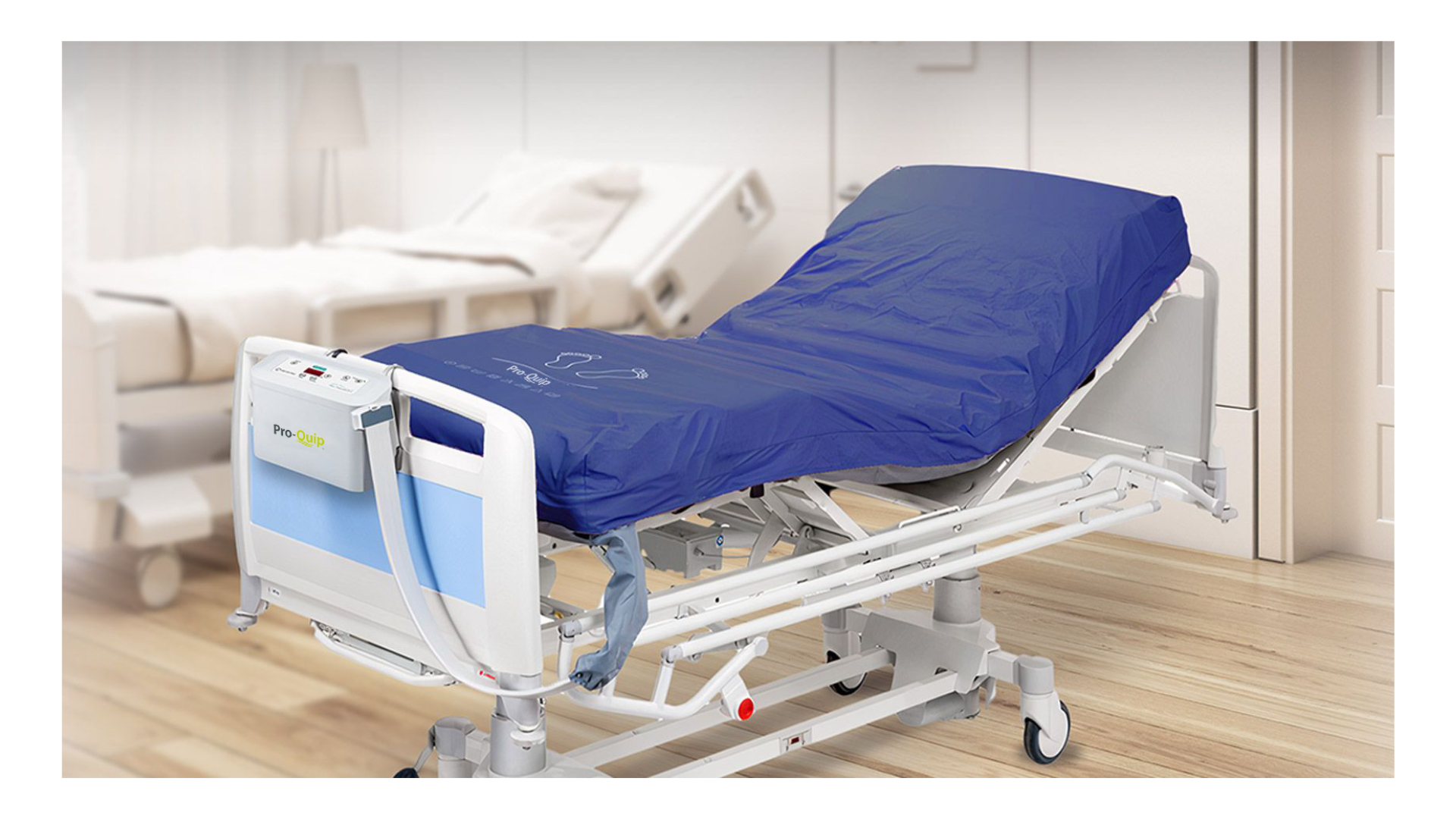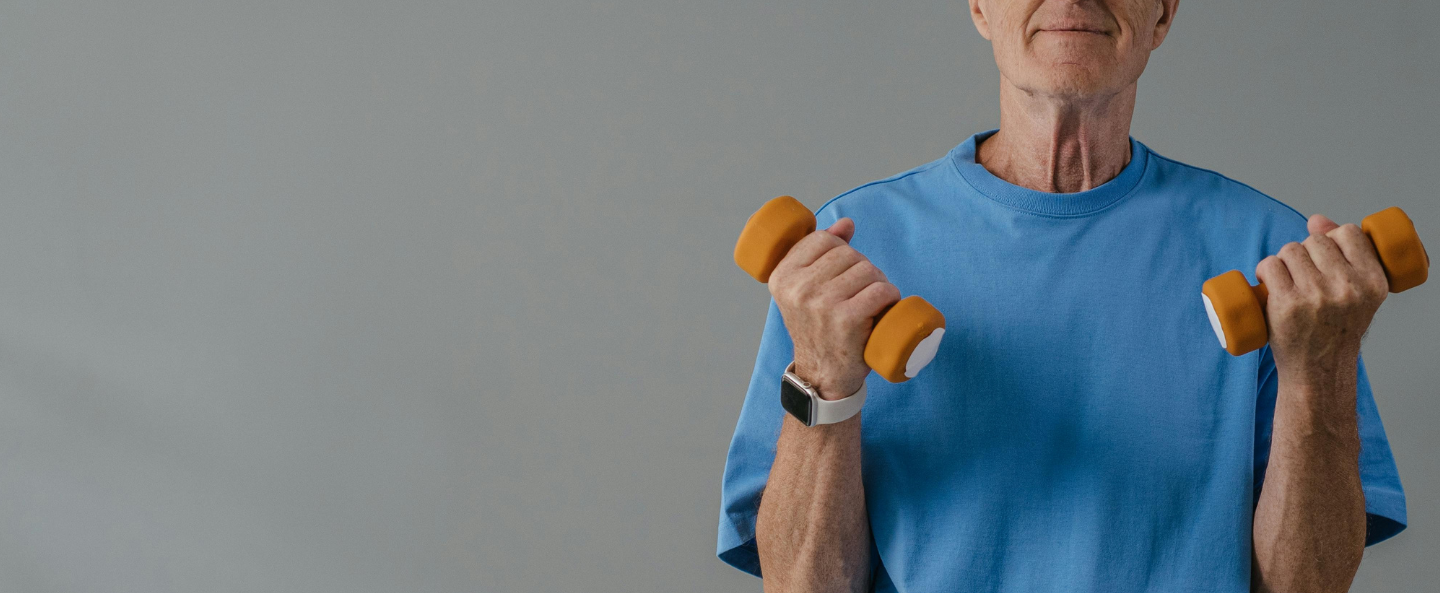Exploring sustainable materials that can be used in nursing equipment to reduce environmental impact and promote eco-friendly practices.
The impact of plastics in nursing and care equipment
Plastics have become a common component in nursing equipment due to their durability and versatility. However, their widespread use has had a significant impact on the environment. The production of plastics involves the extraction and processing of fossil fuels, which contributes to greenhouse gas emissions and climate change. Additionally, the disposal of plastic waste poses a major challenge, as it often ends up in landfills or pollutes our oceans and waterways, leading to harmful effects on wildlife and ecosystems.
Furthermore, the use of plastics in nursing equipment can also have negative health implications. Some plastics contain chemicals, such as phthalates and bisphenol A (BPA), which have been linked to adverse health effects.
Sustainable alternatives to plastics
There are several sustainable materials that can be used as alternatives to plastics in nursing equipment. One such material is bio-based plastics, which are derived from renewable sources such as plant-based polymers. These bio-based plastics have a lower environmental impact compared to traditional plastics as they require fewer fossil fuels in their production.
Another alternative is the use of recycled plastics. By incorporating recycled plastics into the manufacturing process of nursing equipment, we can reduce the demand for new plastics and minimize waste. This can be achieved through initiatives such as plastic recycling programs and the development of closed-loop systems.
Furthermore, natural materials such as bamboo and wood can also be utilized in the production of nursing equipment. These materials are renewable, biodegradable, and have a lower carbon footprint compared to plastics. Additionally, they can provide a more aesthetically pleasing and comfortable experience for patients.
It is essential to conduct further research and development to identify and optimize sustainable alternatives to plastics in nursing equipment.
Benefits of using sustainable materials in nursing equipment
The use of sustainable materials in nursing equipment offers several benefits. Firstly, it helps reduce the environmental impact of healthcare facilities by minimising the reliance on fossil fuels and decreasing plastic waste. This aligns with the growing global focus on sustainability and eco-friendly practices.
Secondly, sustainable materials often have a lower toxicity compared to traditional plastics. By eliminating harmful chemicals such as phthalates and BPA, we can create a safer healthcare environment for both patients and healthcare professionals.
Furthermore, the use of sustainable materials can contribute to a positive patient experience. Natural materials such as bamboo and wood can provide a more soothing and comfortable feel, promoting a healing environment for patients.
Lastly, adopting sustainable materials in nursing equipment can help healthcare facilities ad care homes demonstrate their commitment to environmental stewardship and corporate social responsibility, which can enhance their reputation and attract environmentally conscious patients and staff.

Considerations in implementing sustainable materials
While the use of sustainable materials in nursing equipment offers numerous benefits, there are also challenges and considerations that need to be addressed. One challenge is the cost of transitioning to sustainable materials. Sustainable alternatives to plastics may be more expensive to produce initially, which can pose financial constraints for healthcare facilities. However, it is important to consider the long-term cost savings and environmental benefits that can be achieved through the use of sustainable materials.
Another consideration is the availability of sustainable materials in the market. Currently, there may be limited options for sourcing sustainable materials for nursing equipment, which can hinder widespread adoption. Increasing the availability and accessibility of these materials through research and development efforts is crucial.
Additionally, it is essential to ensure that the sustainable materials used in nursing equipment meet the necessary regulatory standards and requirements. Quality control and testing processes should be in place to guarantee the safety and effectiveness of these materials in a healthcare setting.
Future trends in sustainable nursing equipment
The future of nursing equipment is focused on sustainability and eco-friendly practices. As awareness of the environmental and health impacts of plastics continues to grow, there is a growing demand for sustainable alternatives.
One future trend is the development of advanced bio-based plastics that have enhanced properties and performance compared to traditional plastics. These bio-based plastics can offer increased durability, strength, and flexibility, making them suitable for a wide range of nursing equipment.
Another trend is the integration of smart technology and sustainable materials in nursing equipment. This combination can enhance functionality and efficiency while reducing environmental impact. For example, the use of sensors and data analytics can optimize the use of resources and improve patient care.
There is also a focus on circular economy models in the healthcare industry, which aim to minimise waste and maximise the lifespan of materials. This involves designing nursing equipment with recyclability and reusability in mind, as well as implementing effective recycling and waste management systems.
Fairfield Care is committed to providing sustainable products that maximise performance whilst still being gentle on the environment, from a reduction in plastic packaging to innovative products that minimise the carbon footprint and wastage, you can rely on us to provide high quality, compliant and sustainable products and equipment for care settings throughout the UK. View our products here


